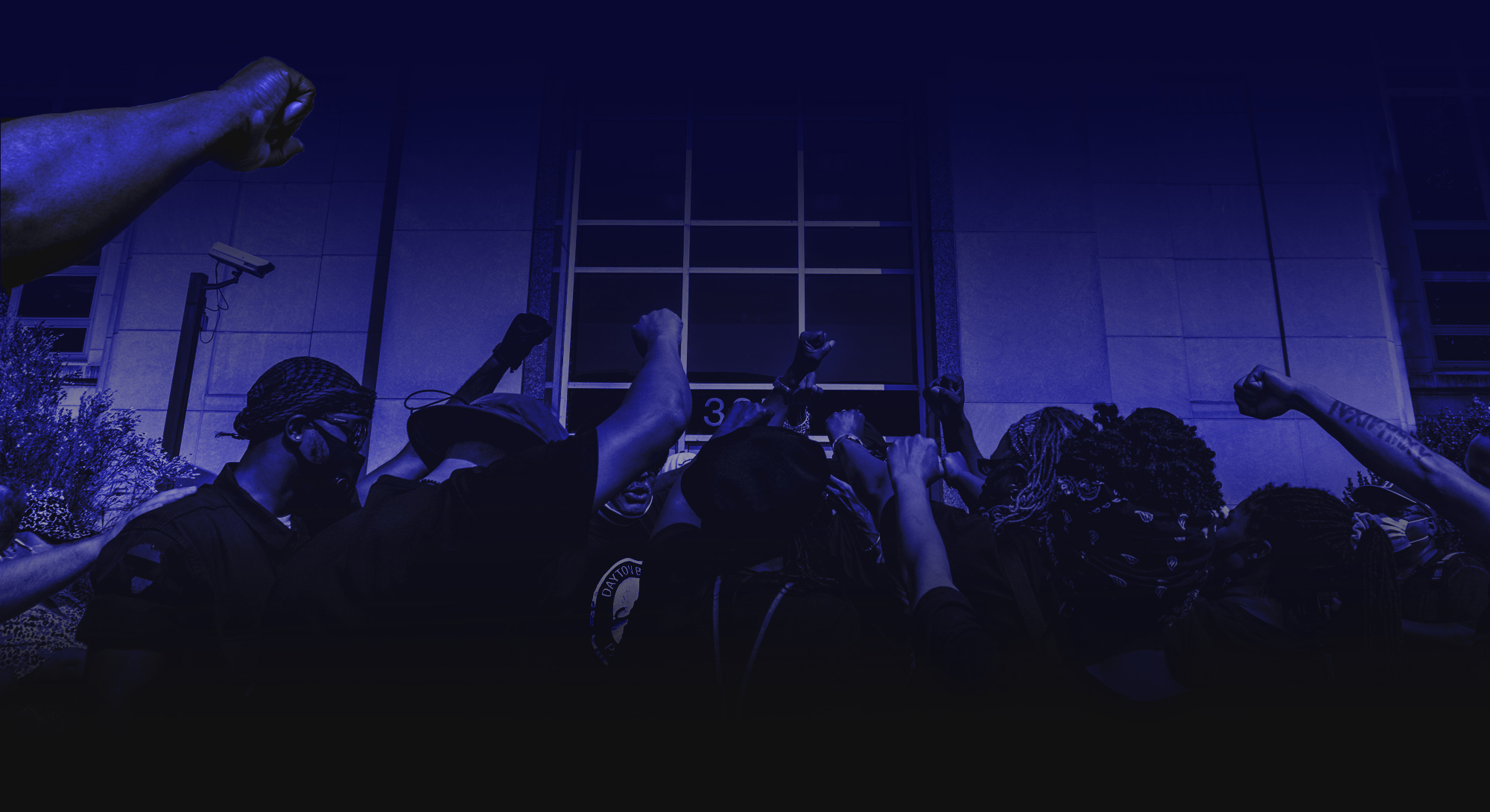The following are previously Inner Door instructions from the Taliyah al-Mahdi for how to perform the Salat of the Mala'ikah or "Angels" (Malakhim in Hebrew).
This is how the `Isawiyah Movement performed what they called the Selah of King David. As the Tehillim or Psalms say, "seven times" day and night...
This is also the method of Salawat performed by the true Mu'minin according to the Ahl al-Bayt. Being in this perpetual state of prayer is part and parcel to preparing oneself to be a vessel of the Divine Hand in enacting the Revolution of the Mahdi.
Thus it is written that the main effect of nafilah prayers is stated in a hadith known as "Hadith of Qurb al-Nawafil": the transmitter quoted Imam Ja`far as-Sadiq, who quoted the Muhammad as saying: "Rightly My servant seeks proximity (to Me) with nawafil and mustahab actions until I like him, and when I like him, I will become his ears with which he hears and his eyes with which he sees and his tongue with which he speaks".
Kulayni, Usul al-Kafi, vol. 4, p. 53.
These are in addition to the 18 standard as in the `Isawiyah Salat booklet penned by Dr. Naziri, and published by New Dawn Publications, or the standard 17 customary in the madhahib of the Islamic Ummah. The seventh is doing 2 raka`atayn cycles before dawn (typical Islamic fajr) and after (the customary Jewish way of shachrit).
Fudayl b. Yasar quoted Imam Ja`far as-Sadiq as saying, "obligatory and nafilah prayers are collectively 51 rak`ah. The two rak`ah after the 'isha' prayer which are performed while sitting count as one rak`ah [thus, 52, but with the two following Isha being counted as one]. Obligatory prayers are 17 rak`ah, and nafilah prayers are 34 rak`ah."
Hurr al-`Amili, Wasaʾil ash-Shi`ah, vol. 4, p. 46.
For those who adhere to the method of 3 rak`at for Maghrib, as with the normative Muslim world, this is how it is how it is done. The `Isawiyah, however, perform a total of 18 obligatory rak`ah, and thus perform 4 raka`at for Maghrib. Whichever way you select, your niyyat or intention is what matters the most.
There are: before (1), after (2) dawn, then "Zuhr" (like "Zenith"... high noon 3), then afternoon (4), then dusk (5), then early evening once dark (6), then after the middle of the night, or around the middle of the night (7).
52 raka`at of the Salawat al-Mala'ikah
The number of the raka`at everyday excluding Friday, is 34. It is an follows:
8 raka`at Nafilah for Zuhr
8 raka`at Nafilah for Asr
4 raka`at Nafilah for Maghrib
2 raka`at Nafilah for Isha
11 raka`at Nafilah for Tahajjud (Salat'us-Shab)
2 raka`at Nafilah for Fajr
As an obligatory precaution, the Nafilah for Isha prayers should be offered while sitting, and therefore its 2 raka`ataynare counted as one. But on Friday, 4 raka`at are added to the 16 raka`at of the Zuhr and the Asr Nafilah, and it is preferable that all these 20 Rak`ah are offered before the Zuhr sets in.
Out of the 11 raka`at of the night Nafilah, 8 raka`at should be offered with the niyyat of the Nafilah, 2 raka`atayn with the niyyat of Shaf'a, and 1 Rak`ah with the Niyyat of Witr.
All Nafilah prayers can be offered while sitting, but then, certain fuqaha say that 2 raka`atayn prayed sitting should be counted as one Rak`ah. For example, if a person wishes to offer Zuhr Nafilah which consists of 8 raka`at, in a sitting posture, he should offer 16 Rak`ah. And if he wishes to offer Witr prayers while sitting, he should offer two prayers of 1 Rak`ah each. This later preference is not known from any sources; however, they maybe followed with the hope of earning divine pleasure.
Zuhr Nafilah and Asr Nafilah should not be offered when one is on a journey, and one may offer Isha Nafilah with the intention of Raja'.
The Zuhr Nafilah is offered before Zuhr prayers. Its time is from the commencement of the time of Zuhr, up to the time when the shadow of indicator equals 2/7th of its length. For example, if an indicator is 7 yards long, and the shadow appearing after Zuhr reaches 2 yards, the Nafilah time would end. He should now offer Zuhr prayers.
The Asr Nafilah are offered before Asr prayers, and its time is till the moment when the shadow of an indicator appearing after Zuhr, reaches of 4/7th of its length. In case a person wishes to offer Zuhr and Asr Nafilah after their recommended time, he can offer the Zuhr Nafilah after Zuhr prayers, and the Asr Nafilah after Asr prayers, but as a precaution, he will not make niyyat of Ada or Qadha.
The Maghrib Nafilah should be offered after Maghrib prayers, and one should make an effort to offer it in time after Maghrib. However, if one delays offering Maghrib Nafilah till redness in the western sky disappears, then it would be better to offer Isha prayers at that moment.
The time for Isha Nafilah is from the completion of Isha prayers till midnight. It is better to offer it immediately, after Isha prayers.
The Fajr Nafilah is offered before the Fajr prayers, and its time commences when Salat ash-Shab has been completed, till the time of Salat al-Fajr draws near. But if someone delays it till redness is seen in the eastern sky, then it is better to pray Salat of Fajr.
The time for Salat ash-Shab is from midnight till Adhan for Fajr prayers, and it is better to offer it nearer the time of Fajr prayers.
A traveler (meaning, specifically, one who is on a journey), and a person who finds it difficult to offer Salat ash-Shab after midnight, can offer it before midnight.
